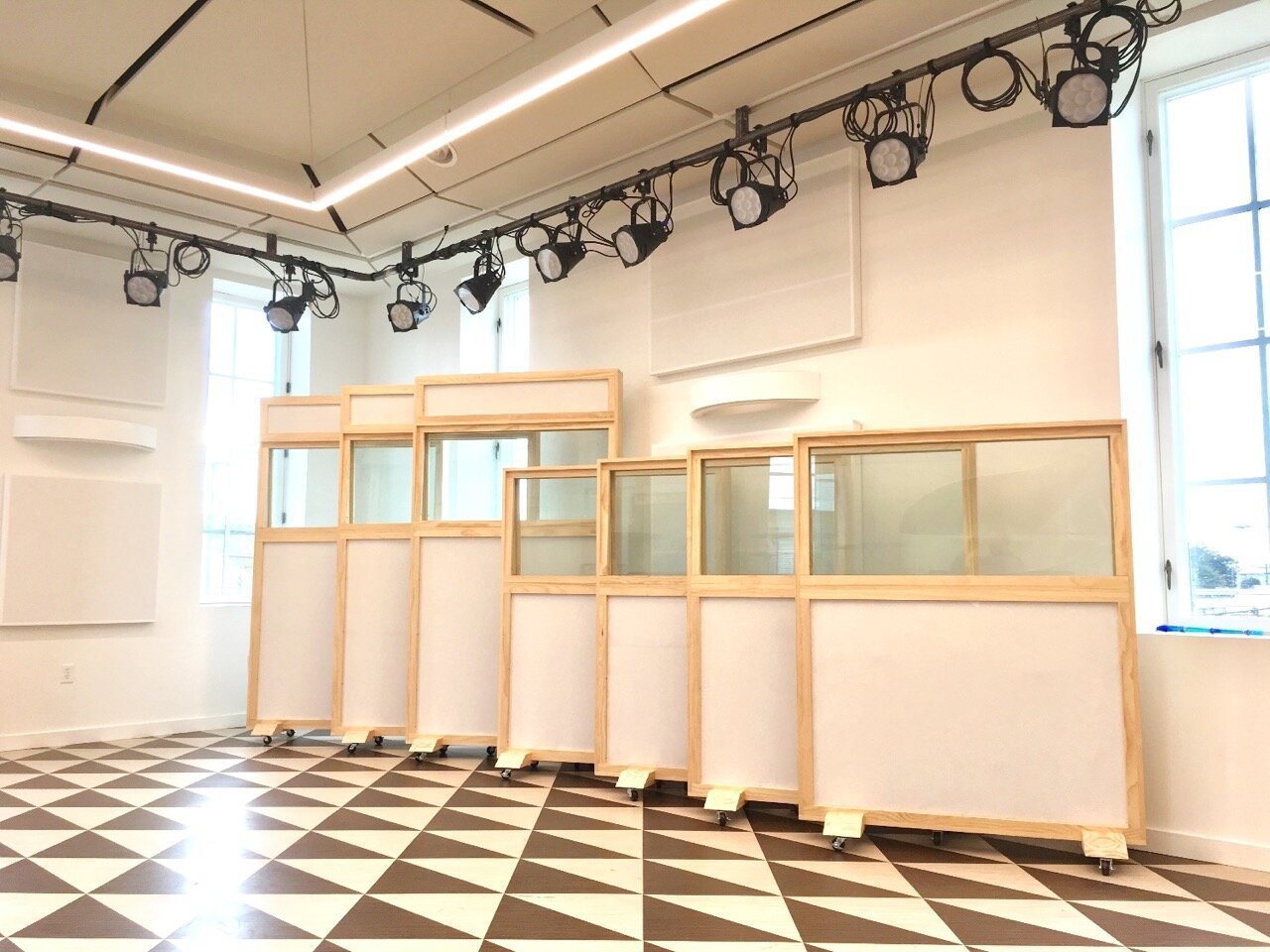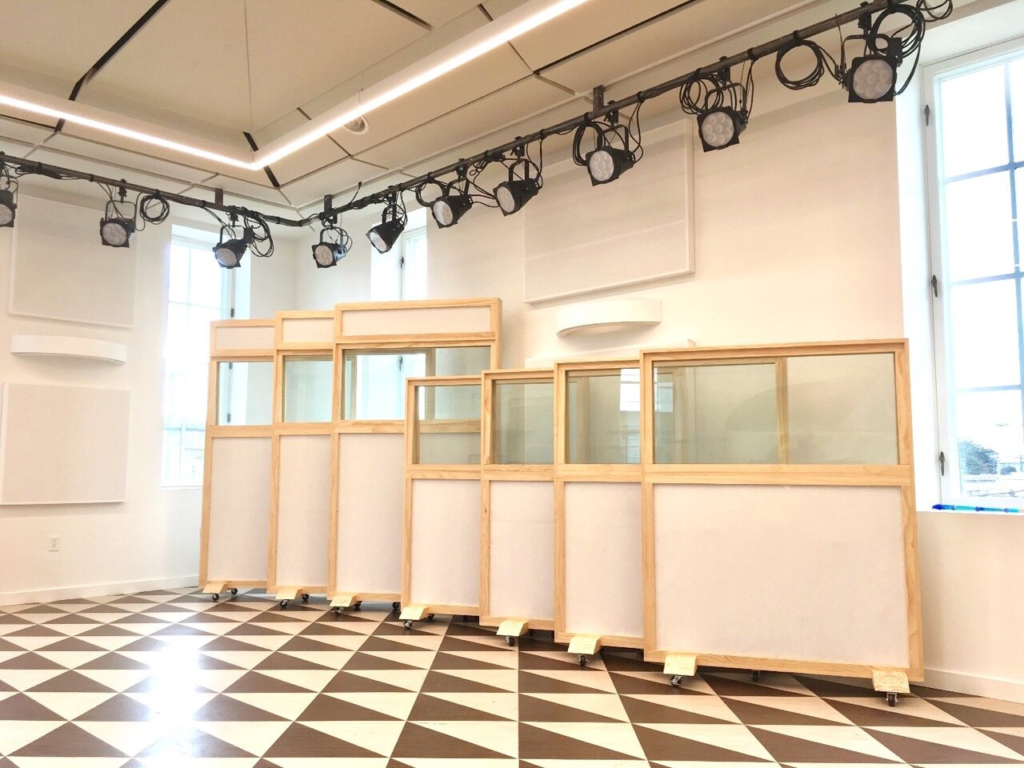
“What are gobos?” is a common question we receive. The term is actually from the world of optics. Here is the definition shown on the net:
The word gobo is an acronym derived from “goes before optics,” which alludes to its physical position on a fixture. It’s essentially a cap or template that sits in front of a light source. That way, when light shines through, only part of it makes it past, causing the light projection to create a shape.
As is the custom with some terms from different industries, they overlap and change part of the meanings to suit their particular objectives. Let’s take each part of the definition from the optics industry and see how it can apply to acoustics. https://www.merriam-webster.com/dictionary/gobo
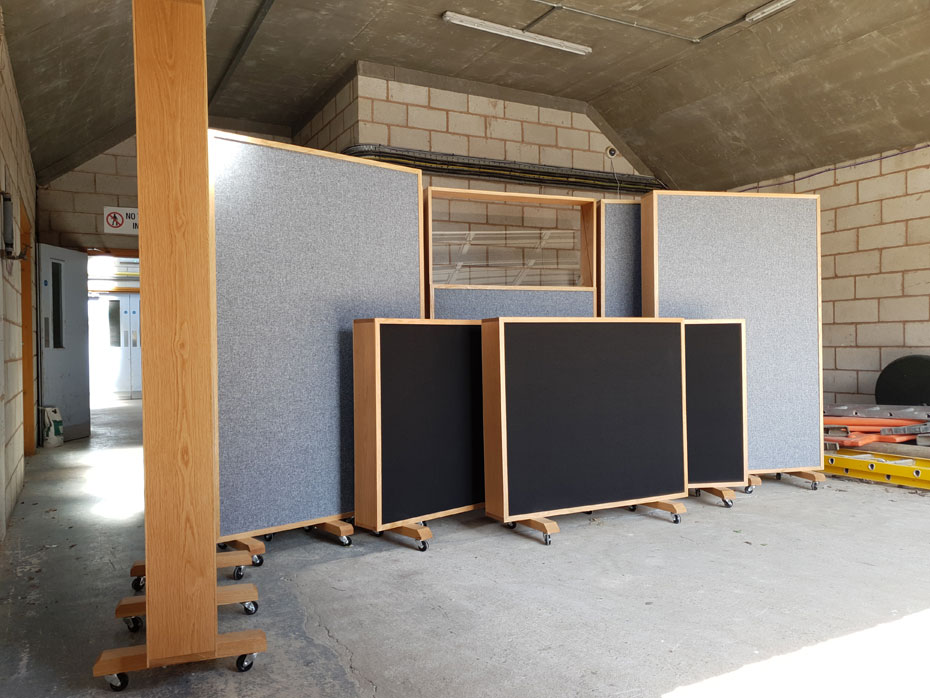
The part of the definition we will examine first is something that sits in front of a source. In acoustics, the answer to what are gobos can be found by examining the positioning of the gobo. It is a device that sits between a source and a receiver. Let’s use an instrument as a source. Let’s use a microphone as the receiver. A gobo in this example would be a structure to isolate the sound from source to receiver. What are gobos in this example will be to isolate sound transmission from source to receiver.
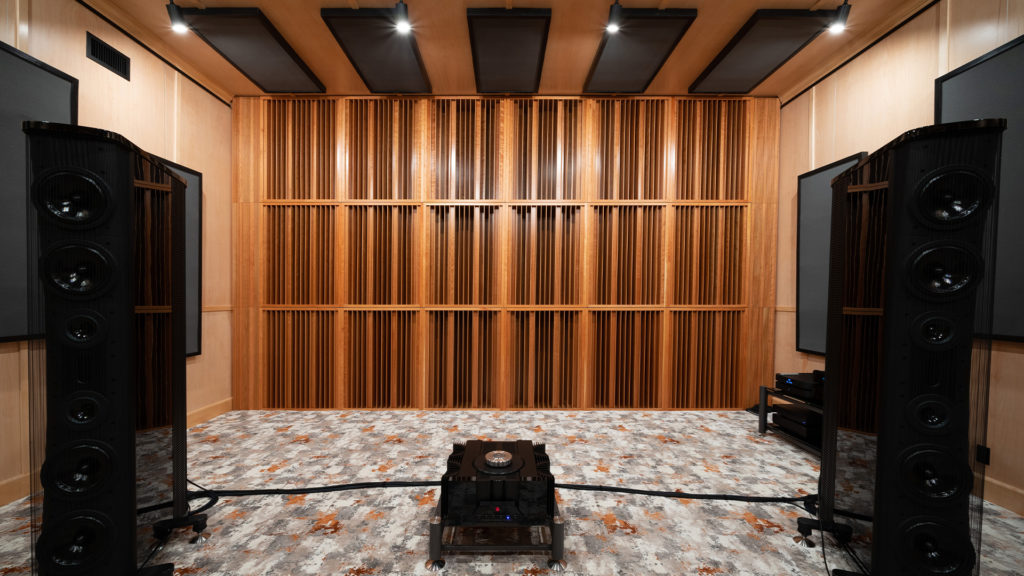
Gobos are used in recording studios to isolate sound transmission from instruments into microphones. When microphones are used within recording sessions, they do what they were designed to do. They receive and record all energy within their recording pattern. If we wish to restrict certain sounds from entering a microphone, we will place a device between the source of the sound and the receiver which is the microphone. This is barrier technology. The answer to what are gobos can also be found in the sound absorption domain.
Sound is absorbed, reflected, or diffused. When sound is absorbed, we reduce the strength of the energy using the absorption process. At Acoustic Fields, www.acousticfields.com we design and build both absorption and diffusion technologies. https://www.acousticfields.com/product/carbon-panel/ When we are absorbing energy, we must first look at the frequency and amplitude of the sound issue. Lower frequency energy requires a different technology to absorb energy than middle and high frequency energy. You must first qualify and quantify the sound issues so you can determine what treatment types to use. Lower frequency absorption technology is a pressure based technology. Middle and high frequency energy is absorbed using molecular velocity or air movement across the surface of the material type. https://en.wikipedia.org/wiki/Gobo_(recording)
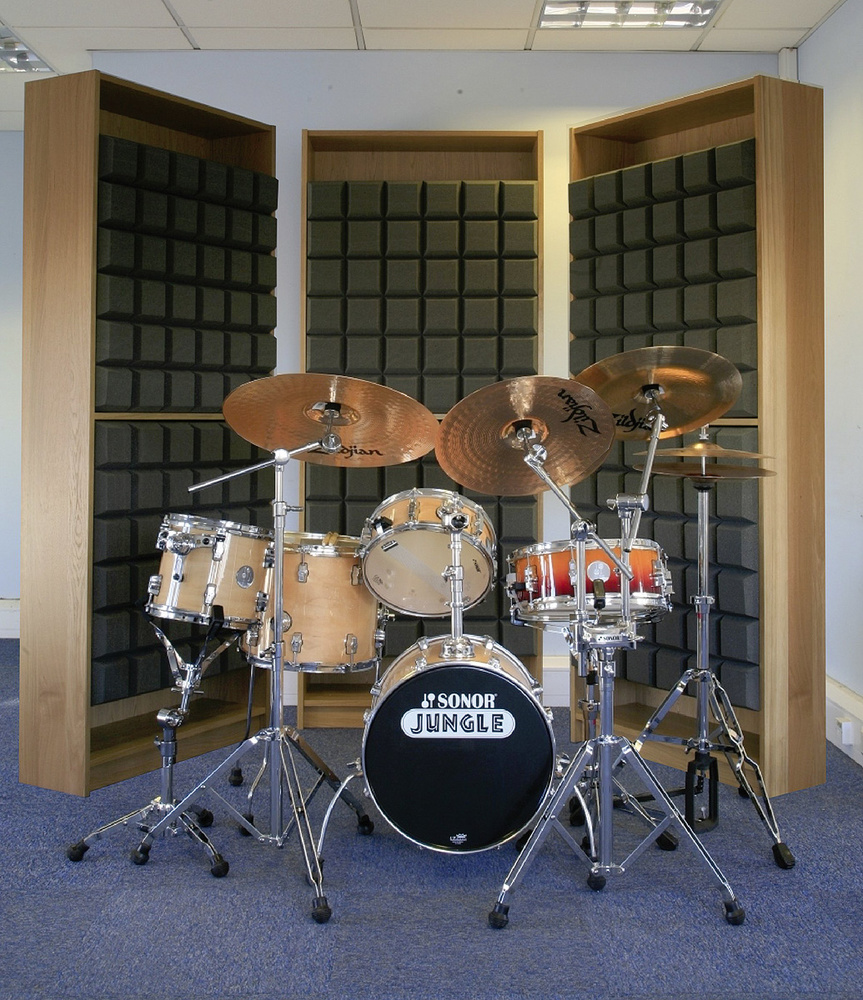
Back to our recording studio example. Gobos can be used to isolate and also absorb sound. We have seen gobos that have two sides to them. One side is used as a barrier technology to minimize noise transmission. The flip side is used from sound absorption. The sound absorption side is usually for middle and high frequencies. These tools will allow the engineer to use one device that has multiple functions since space is a premium in most studios. Let’s now look at diffusion as another “device” that can be positioned between the source of sound and the receiver of that same sound.
Diffusion is a technology that can take a small room and make it sound larger. It does this by managing reflections in a unique way. If you place diffusion on the walls of your room, you will notice that the room sounds larger. It also sounds larger to the microphones you are using in the recording process. Diffusion minimizes the impact of large reflections and converts them into a series of smaller reflections that have less impact on our ears/brain sensory experience.


